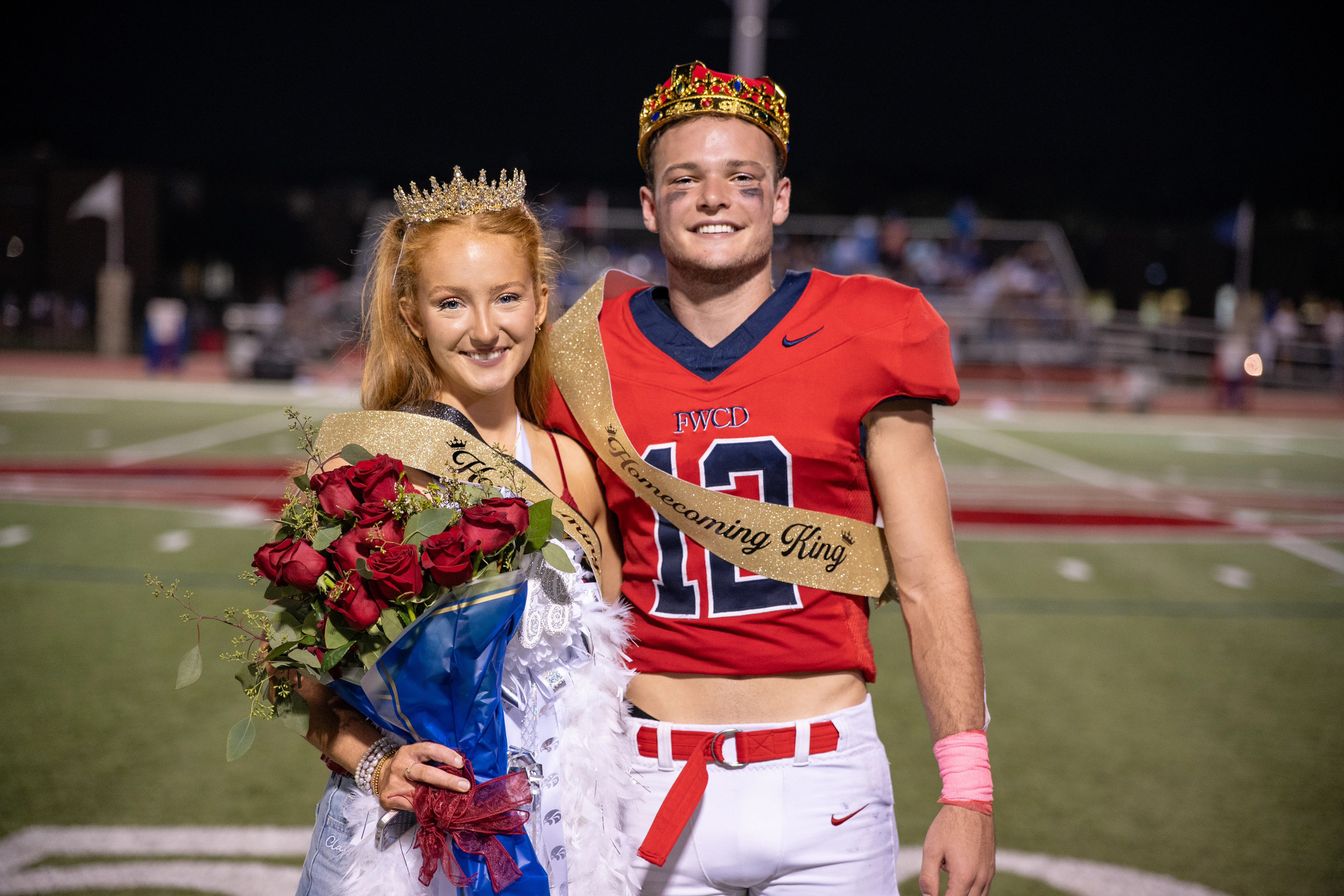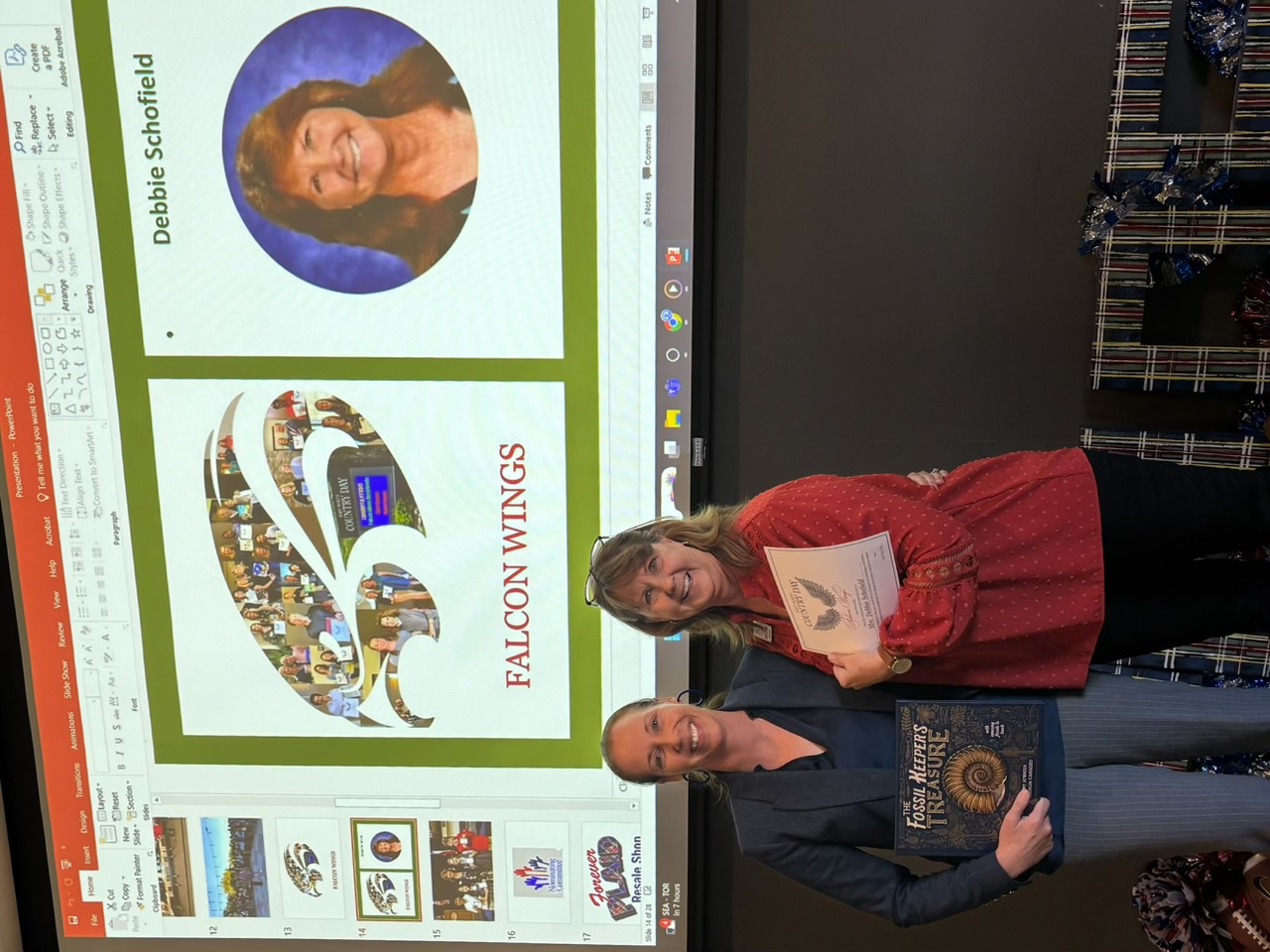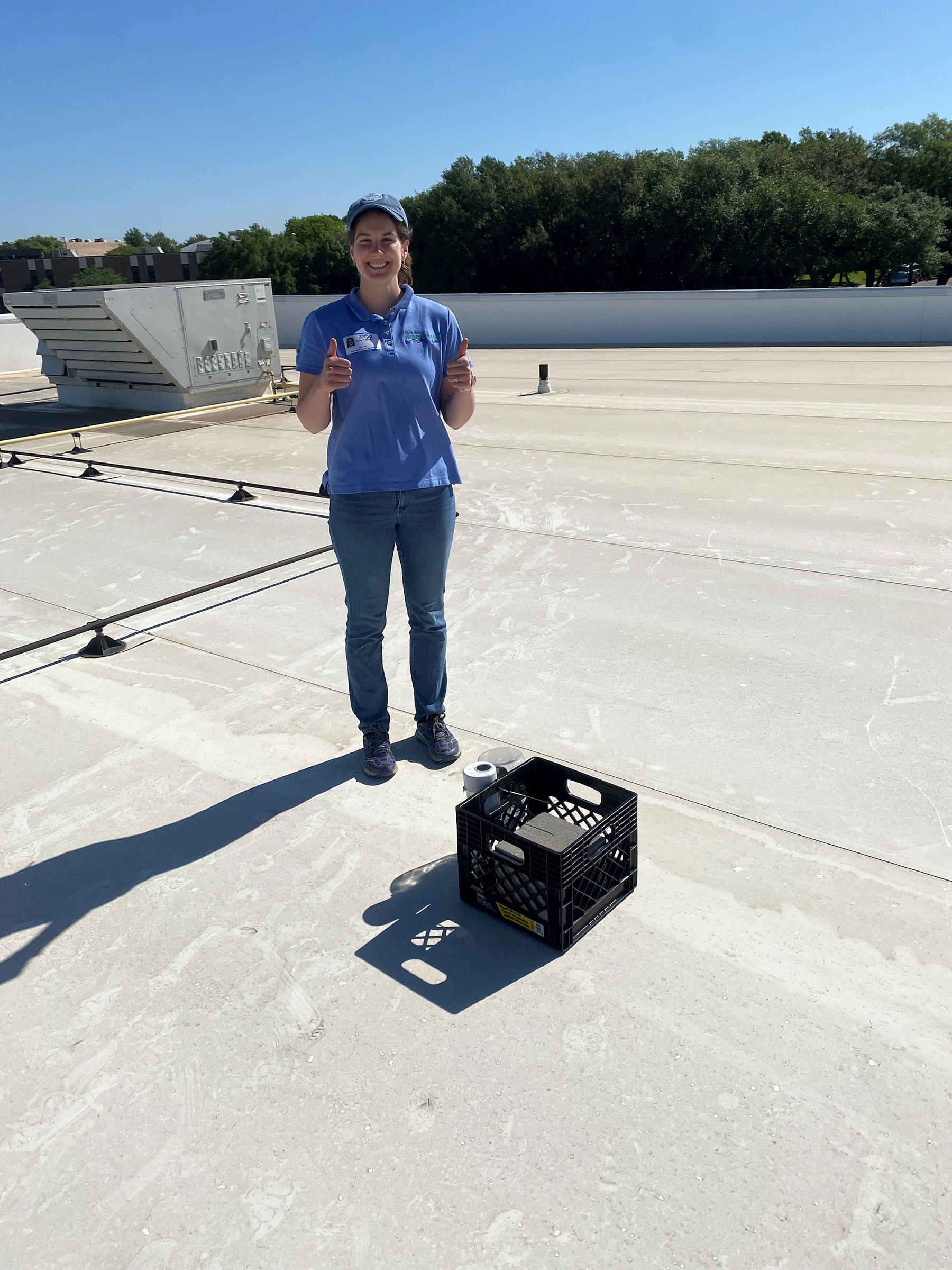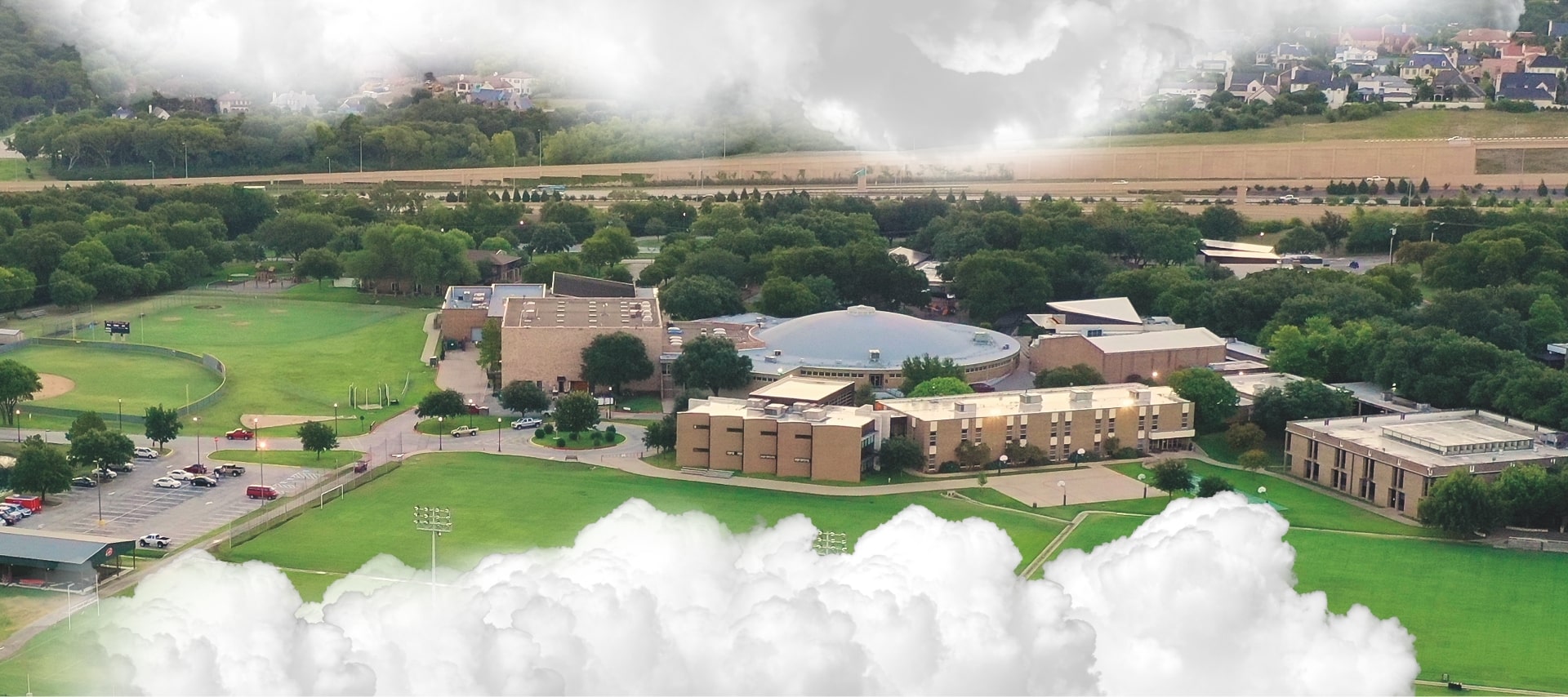FWCD Participates in Light Sensor Project
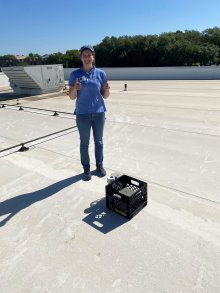
Texas is considered one of the best places in the country for bird-watching, and the migration season begins at the end of March and extends into June. In partnership with the city of Fort Worth, the Amon G. Carter Foundation and University of Oklahoma master’s student Grace Trankina, FWCD is participating in the Fort Worth Light Sensor Project. For the third spring in a row, the Fort Worth Mayor’s Office has issued a proclamation for buildings to participate in dimming non-essential lights during spring and fall migration as part of the Lights Out Texas campaign to reduce night lighting hazards to passing migratory birds.
Trankina connected with Kate Johnson, Vice President of the Amon G.Carter Foundation, to assist in helping her to pursue her master’s thesis research by measuring light at night to quantify the impact of the campaign. Johnson shared FWCD’s contact information with Trankina as a possible viable location to place a rooftop sensor. In addition to Fort Worth, Trankina is measuring the night light and its impact in Dallas and Houston to quantify the reduction in light during Lights Out Texas initiative.
“I use equipment to measure light at night,” Trankina shared. “The light sensor equipment is mobile, noninvasive and small, consisting of a light sensor attached to a weighted down milk crate and is rated for 125 mph wind speeds. Placed on the roof of a building, the equipment then takes measurements. I check up on the equipment for maintenance and download data about three times a year for my research.”
Plant Operations Maintenance Supervisor Clovis Murphree worked with Trankina to find the best placement for the equipment. They settled on the Patton Field House rooftop. Together they placed the light sensor, which will stay there through 2024.
Trankina has placed approximately 30 light sensors in Fort Worth, Dallas and Houston and is planning to put 10 more in Fort Worth for a total of 20 in the city.
Why does dimming or turning off lights at night matter to the migration? Light from buildings, especially in urban areas, can confuse and disorient migrating birds, making them vulnerable to collisions with buildings. According to the Texas Conservation Alliance, as many as 1 billion birds die from collisions with buildings every year in the U.S. Because of light pollution, the DFW metroplex is the third most dangerous area in the U.S. for migratory birds to travel through.
The unified goal is to protect birds as they migrate across the United States – one of the largest migrations on the planet and one that occurs primarily at night. All Texans have been encouraged to turn off nonessential lights from 11 p.m. to 6 a.m. during the full spring migration, March 1-June 15.



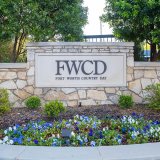
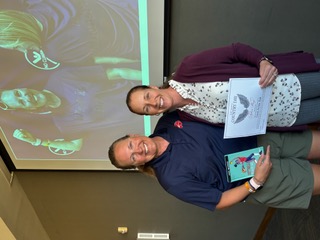

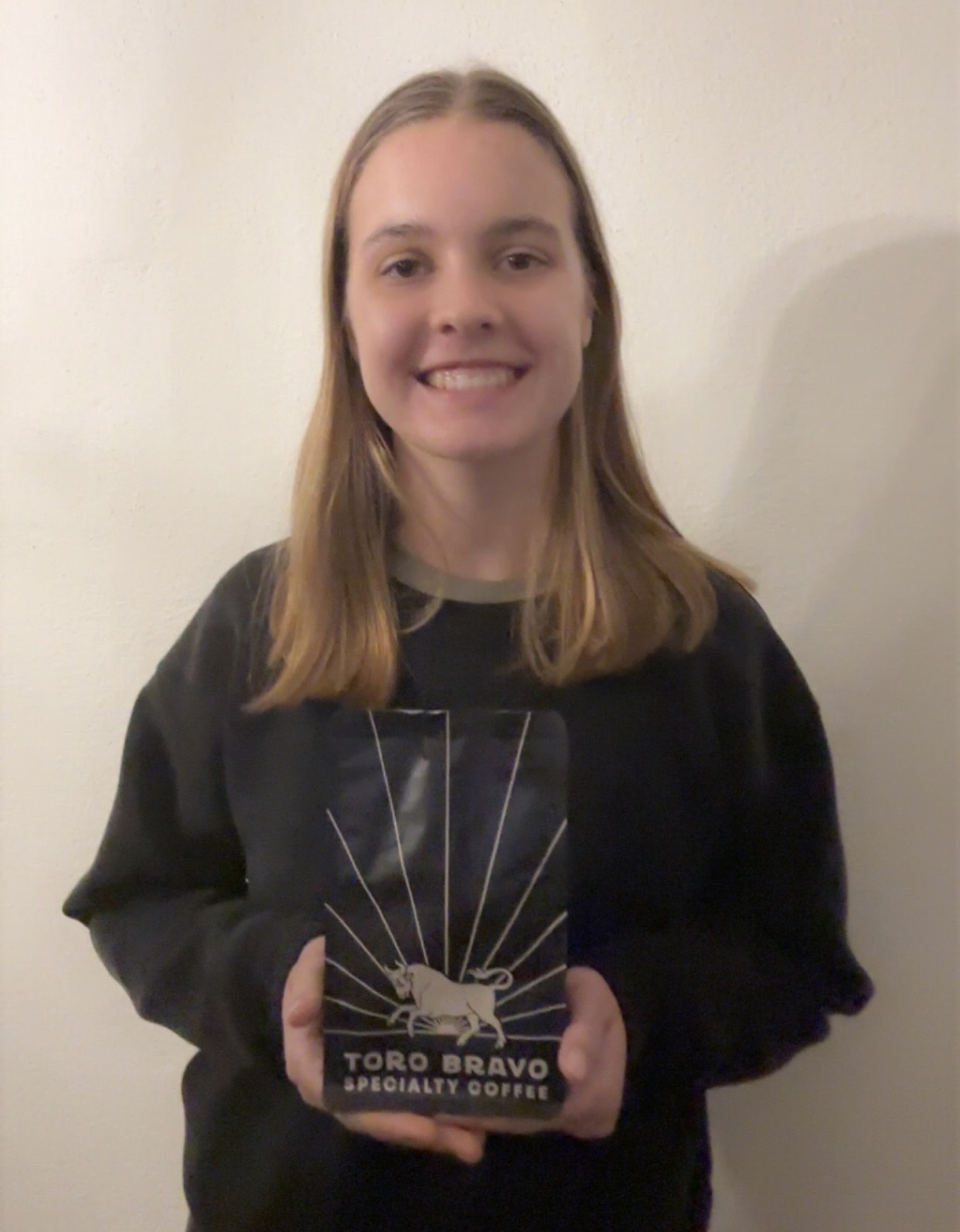
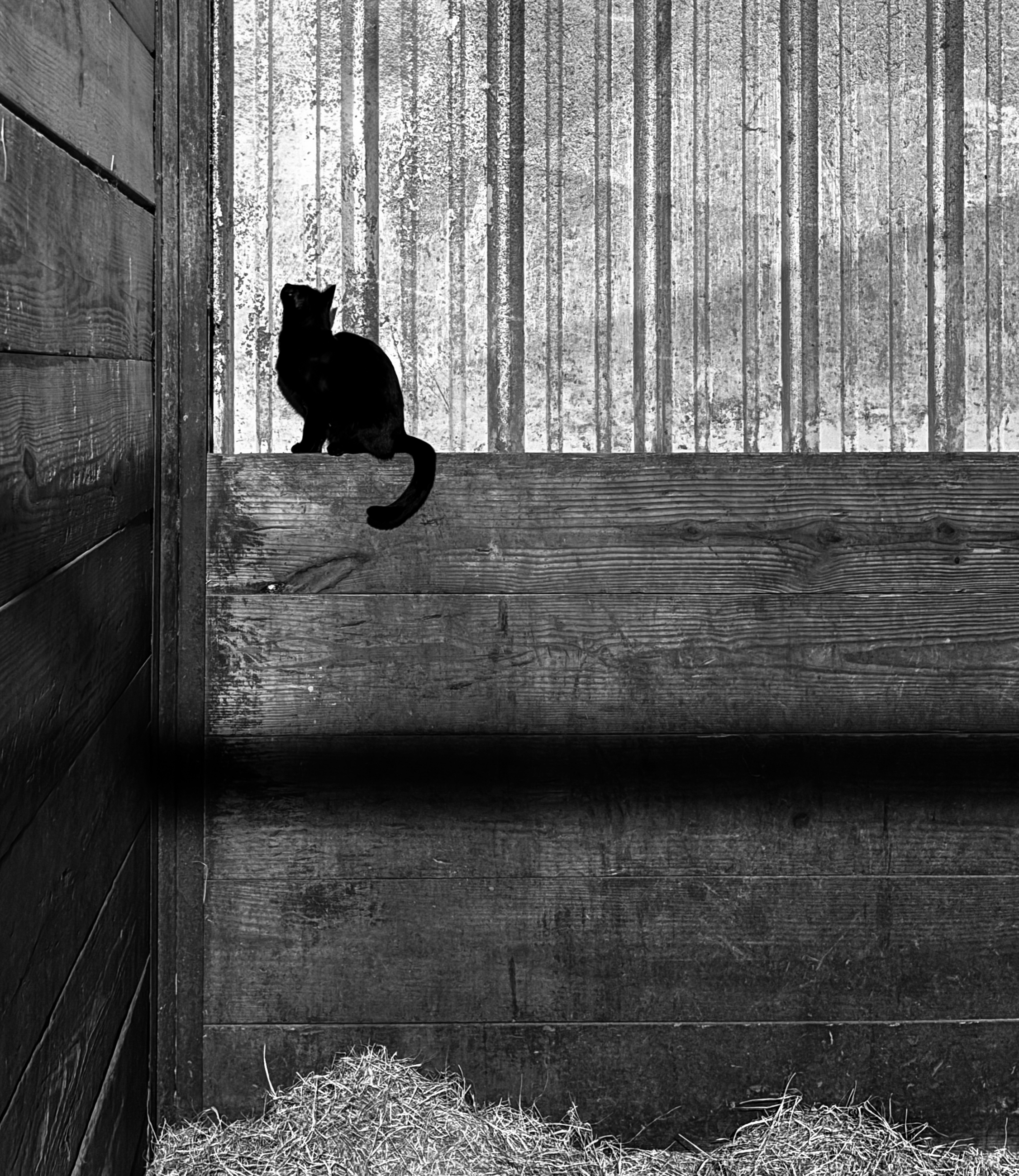

.jpg)
.jpg)
.png)
